1. Has a distinctive “praying” posture when resting. The suffix “religiosa” (meaning “religious” in Latin) in the species’ scientific name comes from the position of its two front legs folded like it is in prayer. Photo: Pinterest.
2. Extremely effective ambush killer. Mantises do not chase their prey but usually hide and wait, then strike extremely fast with their front legs to catch their prey in a split second. Photo: Pinterest.
3. Can catch and eat larger species. Mantises are willing to attack insects larger than themselves such as butterflies, dragonflies, bees, and even baby lizards or baby birds if given the chance. Photo: Pinterest.
4. Has excellent eyesight and can rotate its head 180 degrees. With large eyes and the rare ability to rotate its head extremely flexibly, the mantis can observe the surrounding space with high precision, providing maximum support for hunting. Photo: Pinterest.
5. Often eats their partner after mating. Cannibalism is common among female mantises, to provide extra nutrition for egg development – a behavior that is both cruel and effective for survival. Photo: Wikimedia.
6. The young are born from a nest of foam eggs. Mantis eggs are laid in a layer of foam (ootheca), which hardens after drying, protecting the dozens to hundreds of larvae inside until they hatch. Photo: Pinterest.
7. Considered a symbol of patience and tranquility. In many cultures, mantises represent calmness, concentration, and waiting for the right moment – qualities that accurately reflect their hunting style. Photo: Pinterest.
8. Studied in robotics and vision technology. The mantis's stereoscopic vision system and rapid reflexes have inspired applications in autonomous robotics, artificial intelligence, and machine vision. Photo: Pinterest.
Source: https://khoahocdoisong.vn/soi-loai-bo-ngua-duy-nhat-nam-trong-sach-do-viet-nam-post1551892.html


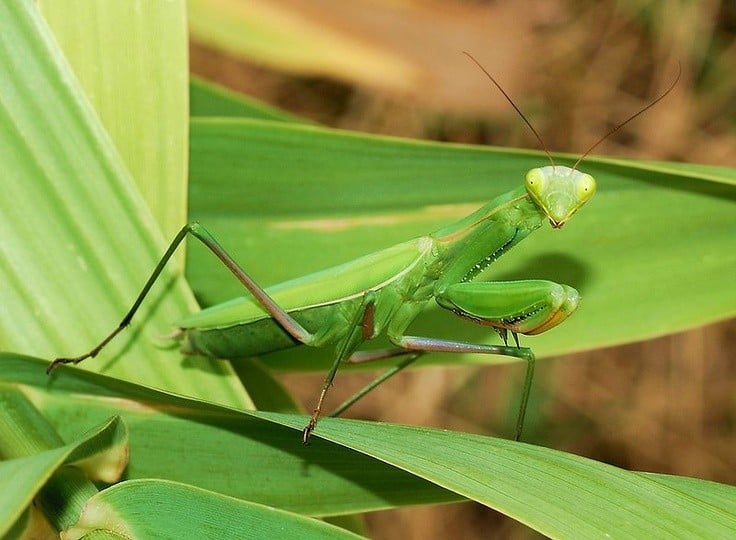
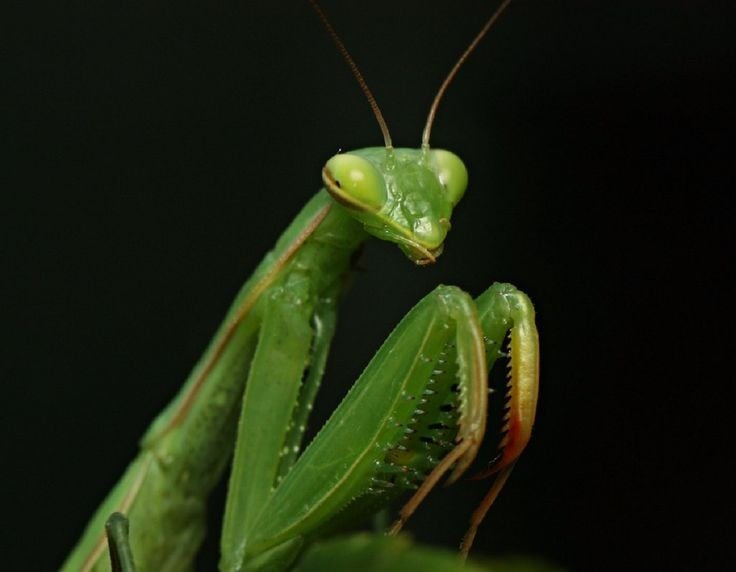
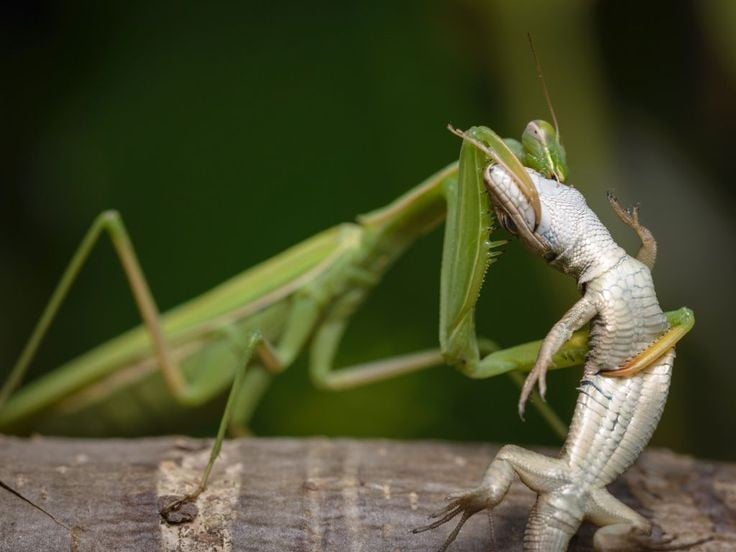
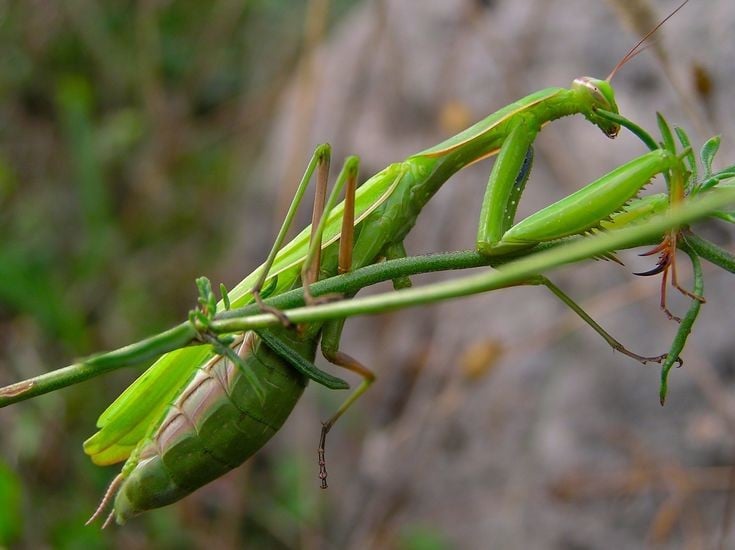
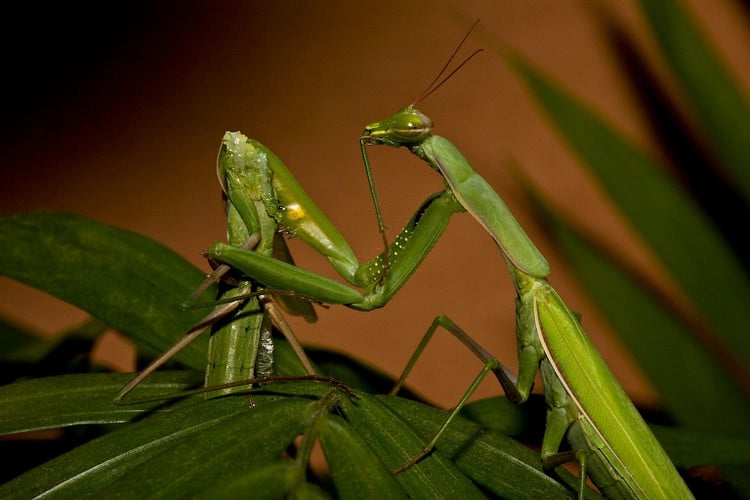

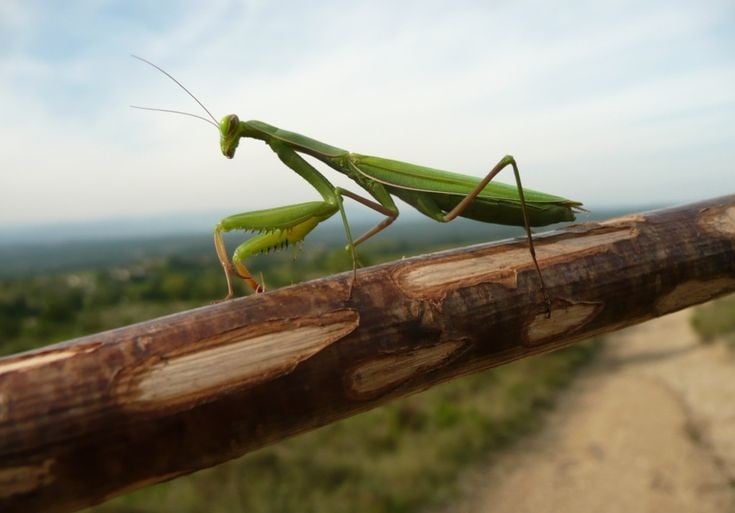
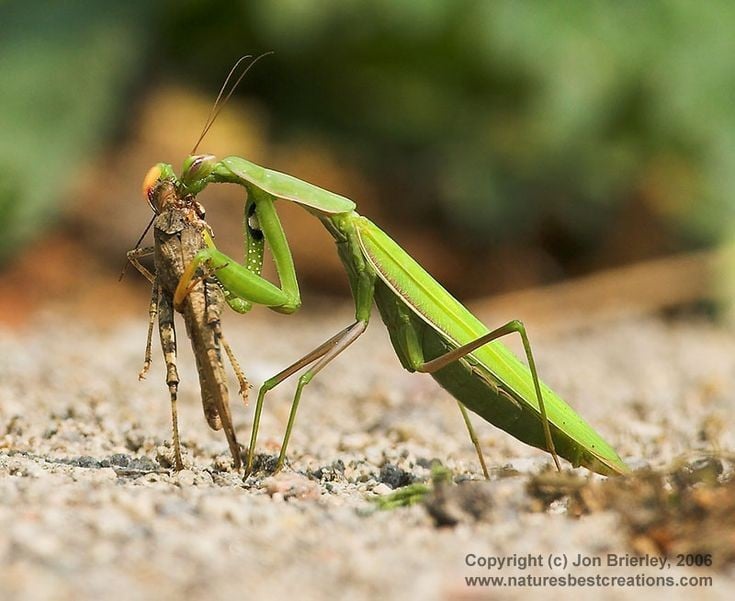
![[Photo] The road connecting Dong Nai with Ho Chi Minh City is still unfinished after 5 years of construction.](https://vphoto.vietnam.vn/thumb/1200x675/vietnam/resource/IMAGE/2025/11/04/1762241675985_ndo_br_dji-20251104104418-0635-d-resize-1295-jpg.webp)
![[Photo] Opening of the 14th Conference of the 13th Party Central Committee](https://vphoto.vietnam.vn/thumb/1200x675/vietnam/resource/IMAGE/2025/11/05/1762310995216_a5-bnd-5742-5255-jpg.webp)


![[Photo] Panorama of the Patriotic Emulation Congress of Nhan Dan Newspaper for the period 2025-2030](https://vphoto.vietnam.vn/thumb/1200x675/vietnam/resource/IMAGE/2025/11/04/1762252775462_ndo_br_dhthiduayeuncbaond-6125-jpg.webp)















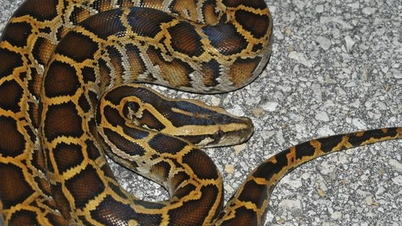






























































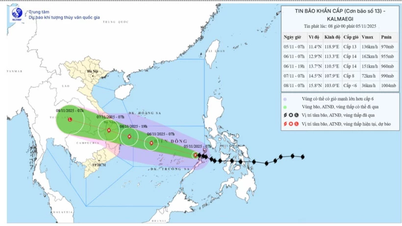















Comment (0)